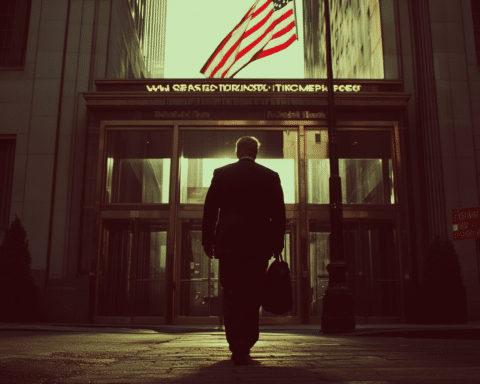The Labor Department reported slower-than-anticipated job growth in the U.S. economy this July. The development of nonfarm payrolls, at 187,000, was marginally below the predicted figure of 200,000 by Dow Jones, although a slight improvement over June’s adjusted 185,000.
The unemployment rate settled at 3.5%, slightly below the consensus that it would remain at 3.6%. This rate is marginally higher than the lowest recorded since late 1969.
According to the report, average hourly earnings, which play a crucial role in the Federal Reserve’s battle against inflation, experienced a 0.4% rise this month, marking a 4.4% annual pace. Both these figures surpassed respective predictions of 0.4% and 4.2%.
The labour force participation rate remained constant at 62.6% for the fifth month in a row, while the ‘prime’ age group (25-64 years) experienced a slight decrease to 83.4%.
A broader unemployment figure encompassing discouraged workers and those part-timers seeking full-time jobs for economic reasons decreased to 6.7%, a 0.2 percentage point decline from June. The household survey, used to calculate the unemployment rate, revealed a more substantial gain of 268,000.
Following the release of the job report, the stock market rallied, with the Dow Jones Industrial Average ascending by 200 points in initial trading. Concurrently, Treasury yields experienced a significant drop.
The unemployment rate among Blacks was reduced to 5.8%, while the rate for adult women increased slightly to 2.7%. The Asian unemployment rate fell to 2.3%, marking a 0.9 percentage point decline and almost reaching its historical low since data collection began in January 2000.
According to S&P Global Ratings U.S. chief economist Satyam Panday, “The labour market is performing satisfactorily at this stage of the business cycle. With a 3.5% unemployment rate, there isn’t much to complain about.”
Job creation by industry was led by healthcare, adding 63,000 jobs in July. Other contributing sectors included social assistance (24,000), financial activities (19,000), and wholesale trade (18,000).
Despite a downward revision of previous months’ totals, the economy continues to show resilience, particularly in the face of eleven Federal Reserve interest rate hikes aimed at reducing inflation.
Jonathan Stokoe, senior vice president at Adecco, a job placement firm, believes this represents a “solid labour market.” He predicts a shift in companies’ focus towards retaining quality employees and investing in skills enhancement.
Although the economy has shown signs of moderation, Rick Rieder, BlackRock’s chief investment officer of global fixed income, doesn’t see it decelerating significantly in the short term.
Economists have expressed concern that the full impact of the rate increases hasn’t yet been felt, potentially leading the economy toward a recession. However, the Fed’s gauge shows an encouraging inflation trend, even though prices are rising at an annual rate of 4.1%, more than double the central bank’s target.
Concerns over a possible recession appear to be diminishing on Wall Street. This week, Bank of America expressed the view that the U.S. could avoid a recession altogether.
Despite July’s less-than-expected job growth, the U.S. economy exhibits resilience amid Federal Reserve’s rate hikes and inflationary pressures. While there are concerns about possible economic downturns, several Wall Street experts, including those at Bank of America, believe the U.S. might avoid a recession entirely. The shifting focus to employee retention and upskilling further highlights companies’ confidence in the country’s economic health. As we progress into the year, it will be interesting to observe how the labour market and the broader economy respond to these dynamic conditions.




